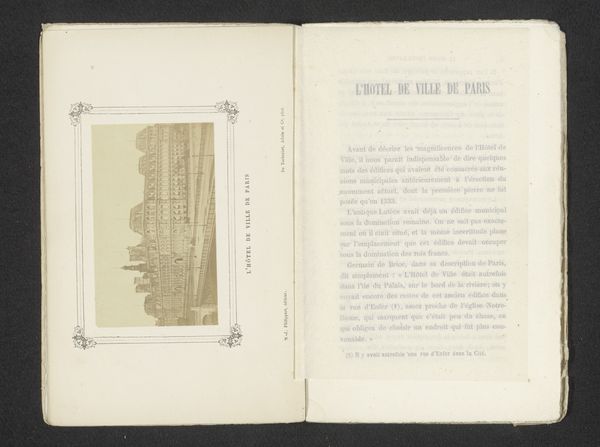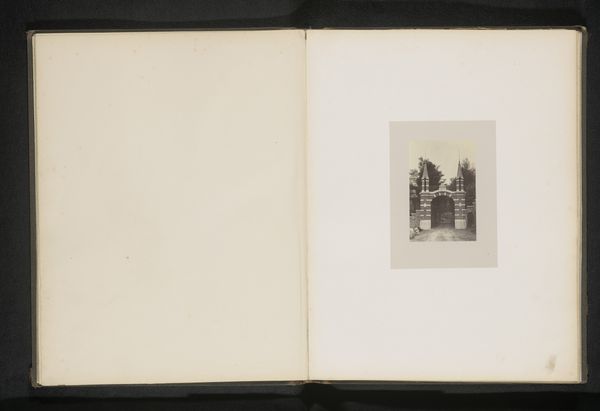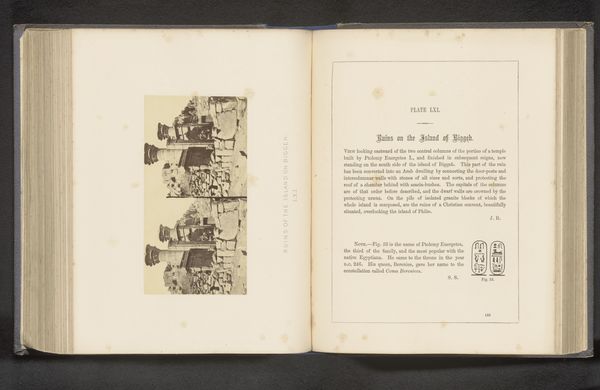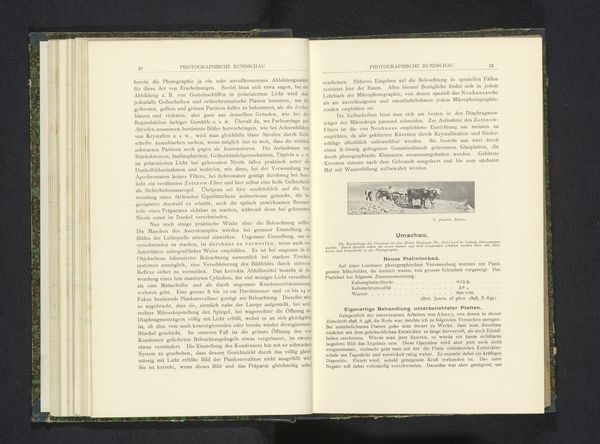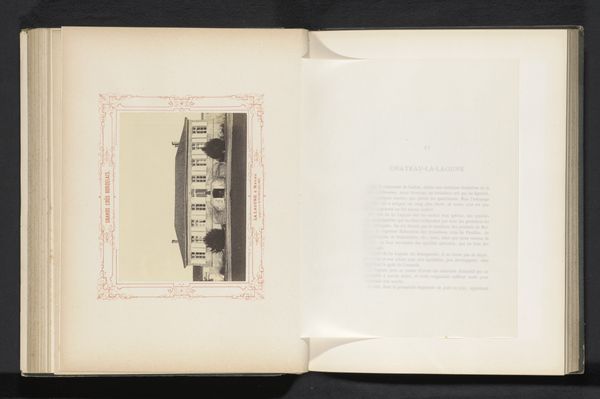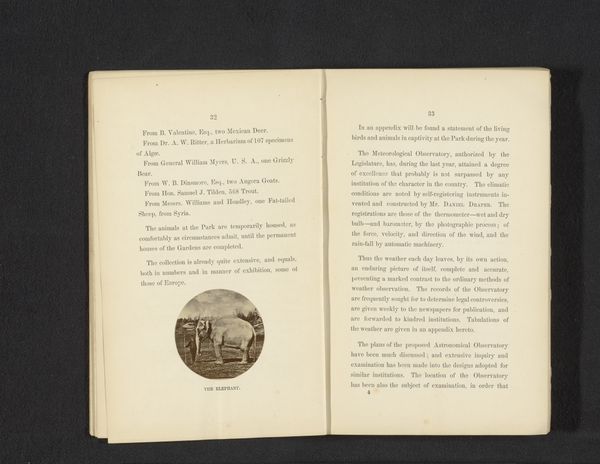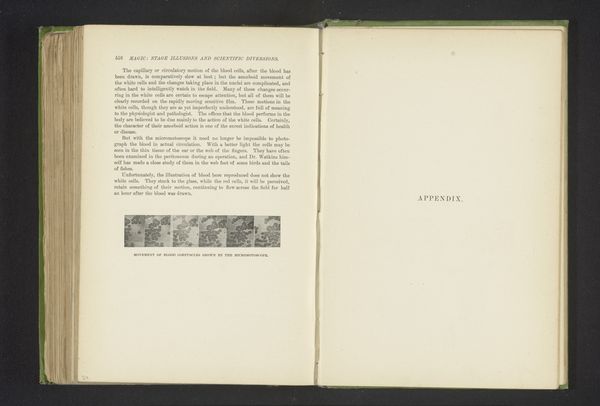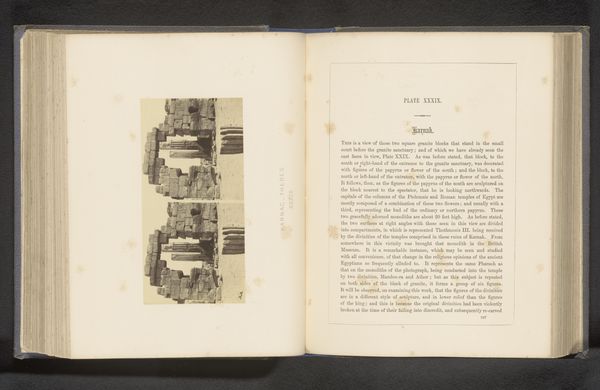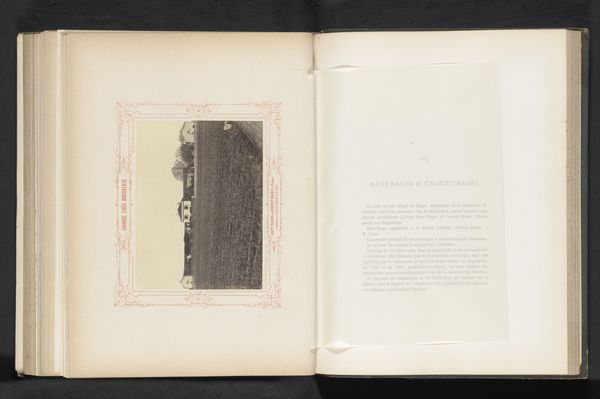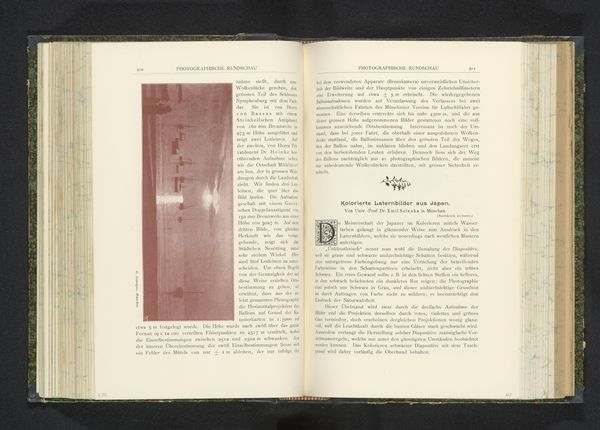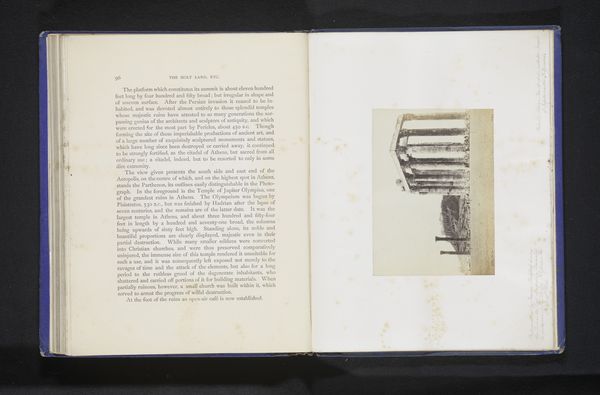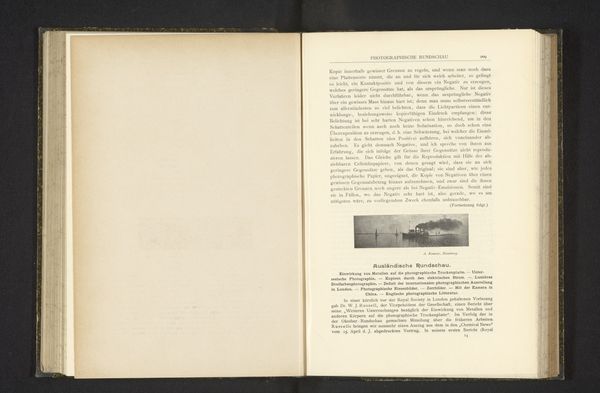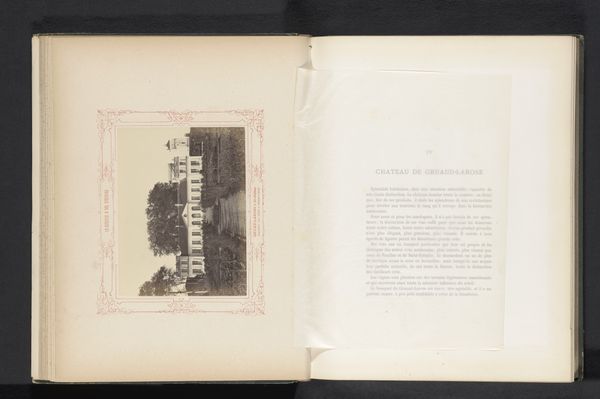
Zeventien portretten van inwoners rond de Montagne Noire, met in het midden drie superimposities van deze portretten before 1887
0:00
0:00
print, photography, collotype
#
portrait
#
script typeface
#
aged paper
#
paper non-digital material
#
paperlike
# print
#
photography
#
collotype
#
journal
#
thick font
#
history-painting
#
handwritten font
#
letter paper
#
thin font
#
historical font
Dimensions: height 140 mm, width 102 mm
Copyright: Rijks Museum: Open Domain
This is Arthur Batut’s composite portrait, "Seventeen Portraits of Inhabitants Around the Montagne Noire, With Three Superimpositions of These Portraits in the Middle”. Batut, a 19th-century French photographer, sought to capture the essence of a community through composite photography. This method, which combines multiple portraits into one image, reflects the pseudoscientific fascination with identifying social types. The portraits are arranged into two groups: the "Charbonniers de la Montagne Noire" and "Originaires des Pyrenees". The work encapsulates both the prevailing scientific and social ideas of its time, particularly around physiognomy and the construction of identity. It's hard not to wonder about the individual stories of the people whose faces make up these composites. How did they feel about being represented in this way? What did it mean to them to be grouped together based on their geographic origin or occupation? Batut's work prompts us to reflect on how we define community and individual identity, and to consider the ethical implications of representing people through a lens that flattens their individual stories.
Comments
No comments
Be the first to comment and join the conversation on the ultimate creative platform.

